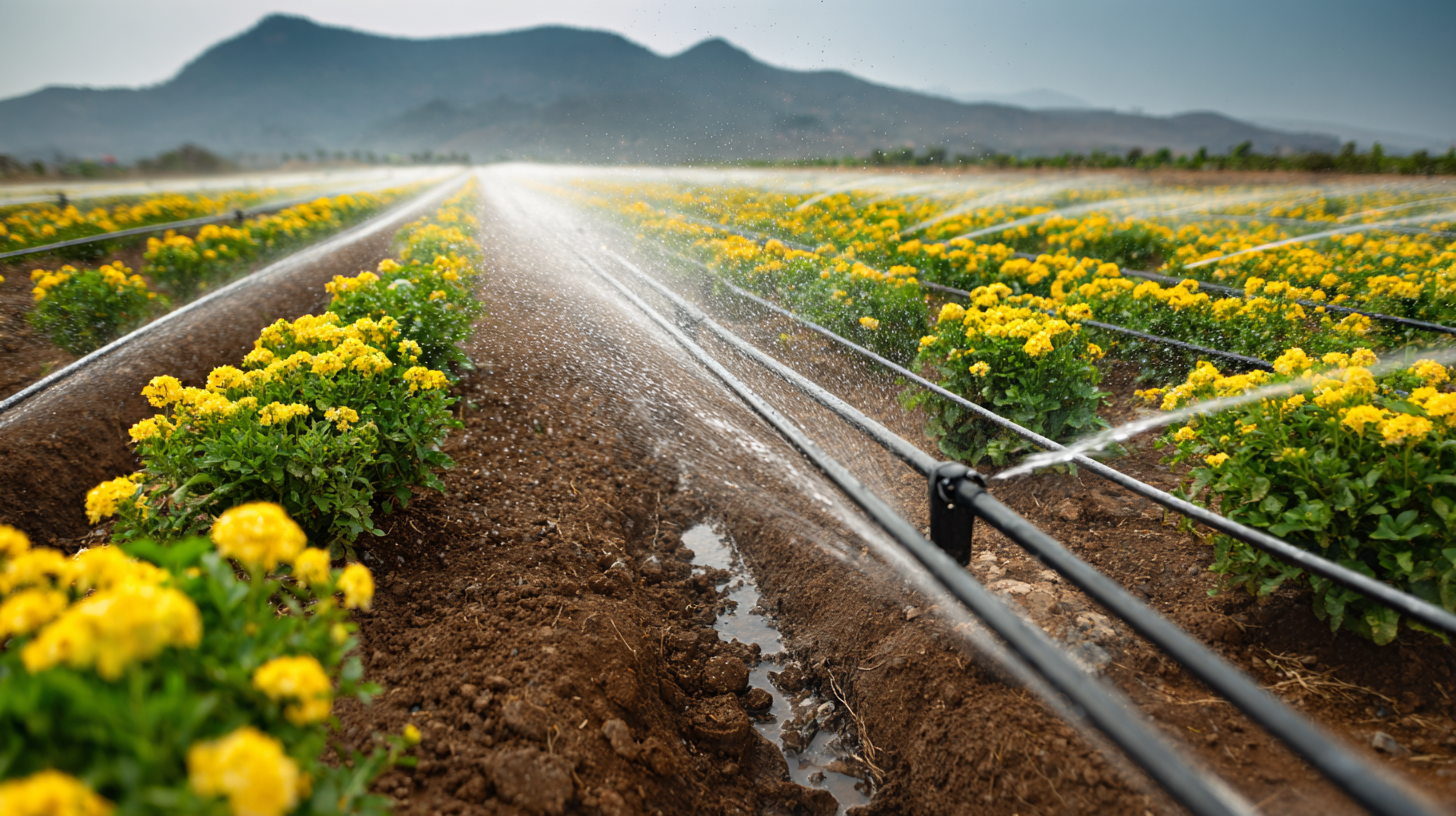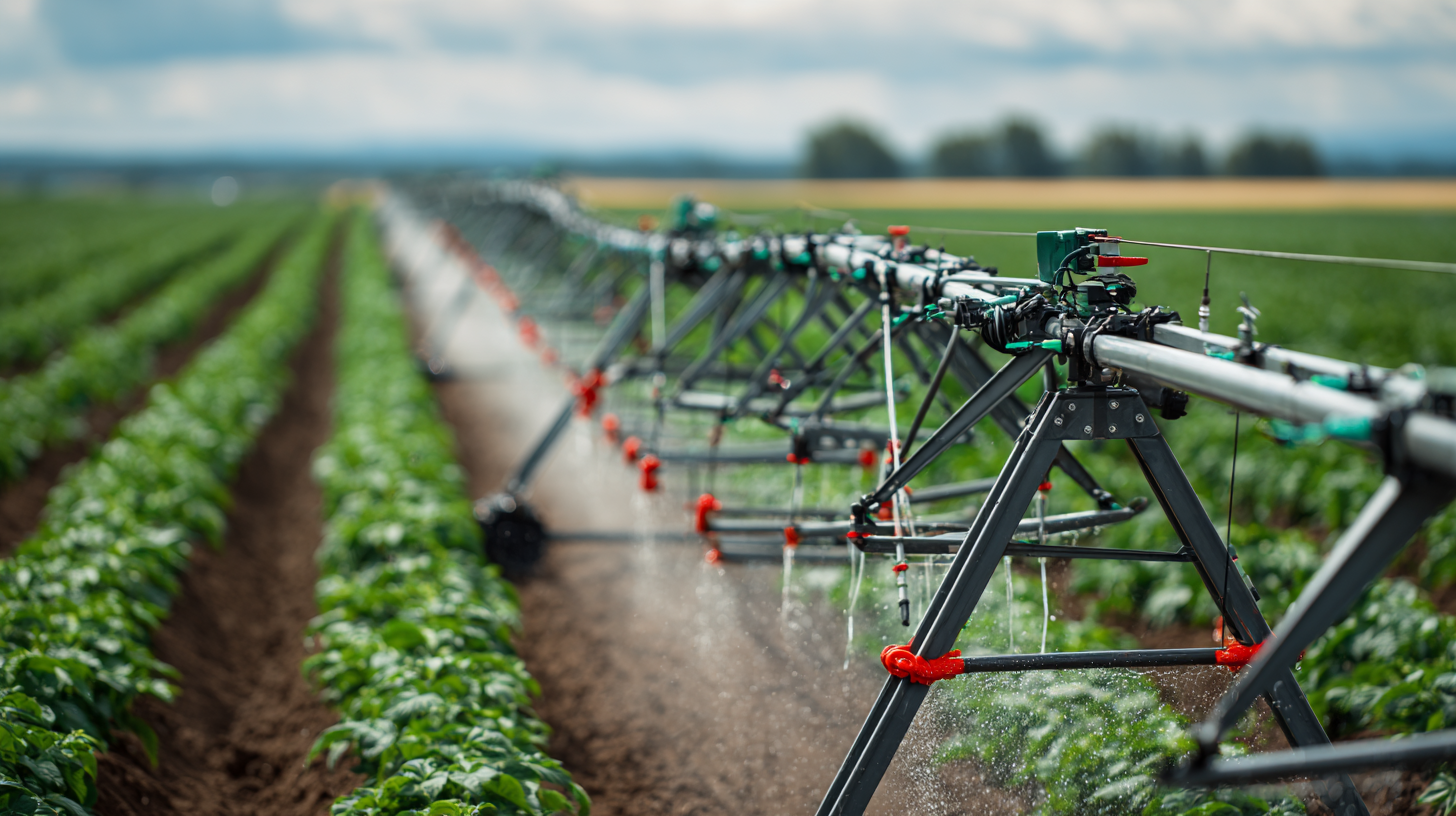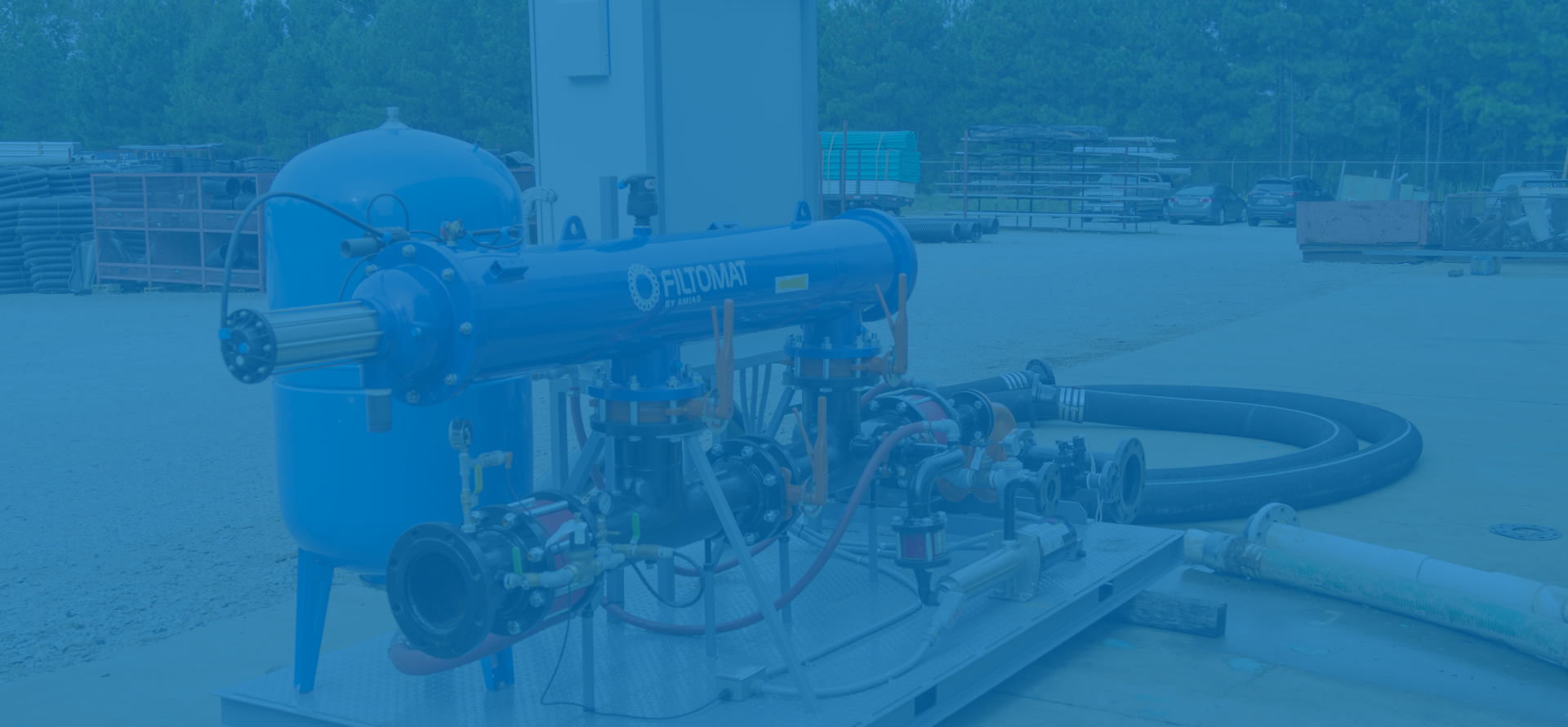Innovative Examples of Top Irrigation Supplies Boosting Crop Yields and Water Efficiency
In the quest for sustainable agriculture, the role of irrigation supplies has become increasingly crucial in enhancing crop yields and optimizing water usage. According to a report by the Food and Agriculture Organization (FAO), water scarcity affects 40% of the global population, making efficient irrigation systems indispensable for modern farming. Advanced irrigation supplies, including drip and sprinkler systems, have been shown to increase water efficiency by up to 50% compared to traditional methods. Furthermore, a study from the International Water Management Institute (IWMI) highlights that the adoption of innovative irrigation technologies can lead to yield increases of over 30% for major crops, thereby ensuring food security in an era of climate change.

This Blog will explore groundbreaking examples of irrigation supplies that not only drive agricultural productivity but also promote water conservation, ensuring a resilient and sustainable agricultural future.
Cutting-Edge Drip Irrigation Systems Enhancing Water Utilization and Crop Output
Cutting-edge drip irrigation systems are revolutionizing water utilization and enhancing crop output, especially in regions facing water scarcity. According to a report by the Food and Agriculture Organization (FAO), implementing drip irrigation can improve water use efficiency by approximately 90%, compared to traditional irrigation methods, which often waste a significant portion of water. This technology delivers water directly to the plant roots, minimizing evaporation and runoff, thus ensuring that crops receive the optimal amount of water they need to thrive.

Moreover, a study published by the Irrigation Association highlights that farmers using advanced drip irrigation systems can increase their crop yields by up to 30%. This improvement is vital as global food demands continue to rise; the United Nations estimates that agricultural production needs to increase by 70% by 2050 to meet the needs of the growing population.
Innovative technologies like soil moisture sensors and automated irrigation scheduling further enhance the efficiency of these systems, allowing farmers to conserve resources while maximizing their harvests. As such, adopting these innovative irrigation solutions is not just an option for sustainable farming—it's imperative for future food security.
Smart Irrigation Controllers: Automating Precision Water Delivery for Maximum Yields
 Smart irrigation controllers are revolutionizing the agricultural landscape by ensuring precise water delivery tailored to the specific needs of crops. These advanced systems utilize real-time data from soil moisture sensors, weather forecasts, and plant requirements to automate watering schedules. By responding dynamically to varying environmental conditions, smart controllers minimize water wastage and optimize the growth potential of crops. This intelligent approach not only conserves water resources but also significantly enhances crop yields, making it a crucial tool for sustainable farming practices.
Smart irrigation controllers are revolutionizing the agricultural landscape by ensuring precise water delivery tailored to the specific needs of crops. These advanced systems utilize real-time data from soil moisture sensors, weather forecasts, and plant requirements to automate watering schedules. By responding dynamically to varying environmental conditions, smart controllers minimize water wastage and optimize the growth potential of crops. This intelligent approach not only conserves water resources but also significantly enhances crop yields, making it a crucial tool for sustainable farming practices.
Furthermore, the integration of smart technology in irrigation systems fosters greater efficiency in water usage. Farmers can monitor and adjust their irrigation practices remotely through mobile apps or centralized systems, providing them the flexibility to react promptly to any changes in weather or soil conditions. As a result, crops receive the appropriate amount of water needed for optimal growth without the risk of overwatering, which can lead to root diseases and poor crop performance. With these innovative irrigation solutions, farmers are empowered to achieve maximum yields while practicing responsible water management in an increasingly resource-constrained world.
High-Efficiency Sprinkler Technologies Revolutionizing Water Distribution and Crop Health
In the modern agricultural landscape, high-efficiency sprinkler technologies are at the forefront of revolutionary advancements in water distribution and crop health. These innovative systems have transformed traditional farming practices by ensuring that every drop of water is utilized effectively, thus increasing crop yields while conserving precious water resources. With features like adjustable nozzles and automated timing systems, high-efficiency sprinklers provide precise irrigation tailored to the specific needs of different plants and soil types, minimizing waste and maximizing output.
Moreover, the integration of smart technology, such as moisture sensors and weather forecasting, allows farmers to optimize their irrigation schedules in real time. This data-driven approach not only enhances the health and resilience of crops but also mitigates the adverse effects of climate variability. By adopting these cutting-edge sprinkler technologies, farmers are empowered to practice sustainable agriculture, ensuring that they can produce food efficiently without overexploiting water resources. The result is a win-win scenario: healthier crops and a more sustainable future for farming.
Impact of High-Efficiency Sprinkler Technologies on Crop Yields and Water Efficiency
This chart illustrates the relationship between the adoption of high-efficiency sprinkler technologies and the corresponding crop yields and water efficiency across various regions.
Advanced Soil Moisture Sensors: Optimizing Irrigation Practices for Sustainable Farming
Advancements in agricultural technology have introduced innovative tools that transform irrigation practices, particularly through the use of advanced soil moisture sensors. These devices provide real-time data about soil conditions, enabling farmers to make informed decisions about when and how much to irrigate. By measuring moisture levels at various soil depths, farmers can ensure that crops receive just the right amount of water, preventing over- or under-irrigation, which can lead to plant stress and reduced yields.
Implementing these sensors not only enhances crop productivity but also promotes water efficiency, a critical aspect in sustainable farming. For example, by analyzing trends and patterns in moisture data, farmers can adjust their irrigation schedules to align more closely with the plants' actual needs and weather forecasts. This precise management leads to significant water conservation, reducing waste and lowering costs. Moreover, sustainable water use practices, supported by technology, contribute to healthier ecosystems and improved soil quality, ultimately fostering a more resilient agricultural landscape.
Innovative Examples of Top Irrigation Supplies Boosting Crop Yields and Water Efficiency - Advanced Soil Moisture Sensors: Optimizing Irrigation Practices for Sustainable Farming
| Irrigation Technology | Type | Crop Yield Increase (%) | Water Usage Reduction (%) | Efficiency (L/Ha) |
|---|---|---|---|---|
| Drip Irrigation | Micro Irrigation | 30 | 50 | 400 |
| Soil Moisture Sensors | Automated Monitoring | 25 | 30 | 300 |
| Center Pivot Irrigation | Mechanical | 20 | 20 | 600 |
| Rainwater Harvesting | Sustainable | 15 | 35 | N/A |
Rainwater Harvesting Solutions: Reducing Water Costs While Boosting Agricultural Productivity
In the karst region of Gunungkidul, sustainable agricultural practices face significant hurdles due to water scarcity. However, innovative rainwater harvesting (RWH) systems offer promising solutions by capturing and utilizing rainwater, thereby enhancing both water efficiency and crop yields. A recent study highlights that RWH systems can improve water-saving efficiency significantly, especially with evolving precipitation patterns and rising domestic water demands over a projected 25-year period. This adaptability is crucial for farmers in regions where water availability is inconsistent.
- Assess Your Local Climate: Analyze rainfall patterns to design a system that maximizes water capture based on seasonal variations.
- Community Collaboration: Pool resources with neighboring farms to share the costs of setting up RWH systems, thus enhancing collective water security.
- Maintenance Checks: Regularly inspect and maintain your RWH system to ensure optimal performance, especially during dry spells when every drop counts.
Reports indicate that integrating RWH with solar power solutions can further enhance the sustainability of agricultural practices, making operations not only more efficient but also cost-effective. With proper planning and investment, rainwater harvesting systems can transform the agricultural landscape of regions like Gunungkidul, ensuring a more resilient future for farmers.
Stay Connected
Sign up today to keep up with the newest information from one of the Southeast’s leading suppliers of fluid handling equipment!








